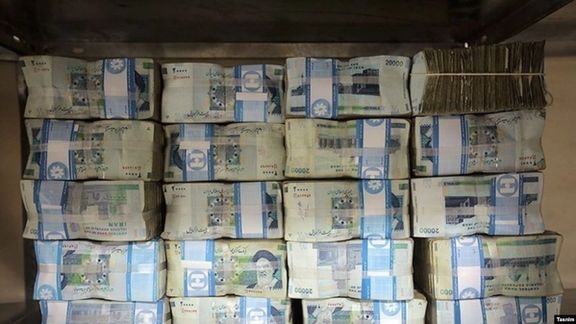Iran Preparing Digital Rial After Khamenei Go-Ahead

Iranians await the launch of a digital rial after Supreme Leader Ali Khamenei ruled in December that digital currencies could be allowed if within Iranian laws.

Iranians await the launch of a digital rial after Supreme Leader Ali Khamenei ruled in December that digital currencies could be allowed if within Iranian laws.
Ali Salehabadi, Central Bank governor, told the Seventh Islamic Financial Conference January 17, that the Money and Credit Council had approved such a currency. Mehran Moharramian, a Central Bank deputy governor said January 18 that a pilot phase would begin soon as the bank considered “several potential impacts of the new technology on the state, citizens and economic indices.”
Khamenei's December fatwa ruled that "buying, selling, and producing digital currencies" should follow Iranian laws and regulations, though he did not use the term halal (‘permitted’). Several Shiite sources of emulation in Iran − including Ayatollahs Hossein Nouri-Hamedani, Naser Makarem-Shirazi and Hossein Vahid-Khorasani − have instructed followers to avoid crypto-currency dealings.
While crypto-currencies are digital, the term “digital currency” is usually reserved for those that are centralized and regulated by an entity such as a bank. ‘Crypto-currencies’ are usually taken to mean those that are decentralized, with their regulations governed by the majority of those using them.
Use of both crypto-currencies and digital money – the terms are often confused – has been useful for Iran in facing United States ‘maximum pressure’ sanctions, introduced in 2018 and threatening punitive action against any third party dealing with Iran’s financial sector.
A study published last May showed around 4.5 percent of all global bitcoin mining, worth then around $1 billion, took place in Iran. Crypto-currencies have played some role globally in the declining use of the dollar, with Russia-China dollarized trade falling from 90 percent in 2015 to below 50 percent in early 2020.
"By recognizing the industry, officials hope that they can use crypto-currencies in foreign trade to circumvent [US] sanctions," Donya-ye Eghtesad economic daily wrote January 22.
But as yet Iran has no laws on digital currencies, despite some media urging parliament to address the matter urgently. Some parliament members in July proposed a bill that would require the government to ban all digital-currency payments in Iran other than those nationally regulated.
To what extent ordinary people would trust a digital rial and use it would be an issue, especially that the currency itself is extremely weak and volatile. It has lost its value eightfold since 2017.
In May, the then central bank governor, Andolnaser Hemmati, announced that a primary version of a digital rial had been developed “in form of a stable crypto-currency… anchored to the existing traditional paper rial.”
Arash Ghanbarzadeh, a crypto-currency market expert, told Donya-ye Eghtesad that the “crypto-rial” would probably be centralized and regulated by the central bank, and would therefore not offer opportunities to miners to create it in the same way that they mine cryptocurrencies such as Bitcoin.
Since cryptocurrencies are exchanged outside the regular banking channels in decentralized manner, they are a good way to evade control by governments. As a result, they have been used for illicit trades and evading sanctions, as well as normal exchanges and online trading for goods.
Digital currencies can be controlled by their creators. For example, the Iranian central bank can have knowledge of transactions in digital rial while outsiders might not be able to trace them. A digital rial can also ease trading across borders with neighboring countries such as Afghanistan, since no banking transactions or paper currency exchanges would be necessary.